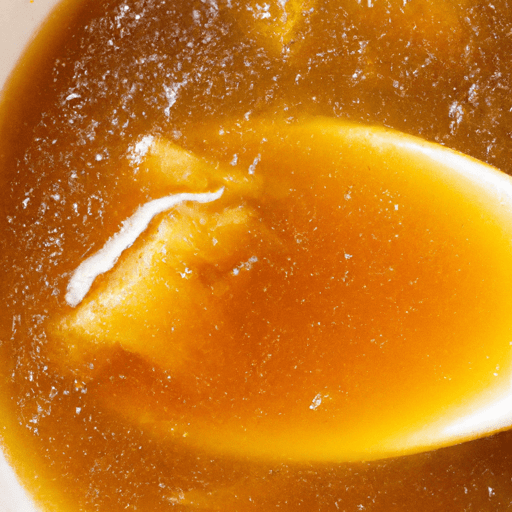The Rich and Flavorful Beef Broth
If you’re a fan of hearty and flavorful dishes, you’ve probably encountered beef broth at some point. This savory liquid is a staple in many cuisines around the world, known for its robust taste and versatility in the kitchen. In this blog post, we will dive into the wonderful world of beef broth, exploring its taste, common uses, nutritional value, and even uncover some interesting history and facts. So grab a seat and get ready to embark on a delicious journey!
Tasting the Essence of Beef Broth
Beef broth boasts a powerful, umami-packed flavor that can elevate any recipe. Simmered to perfection, it captures the essence of beef, producing a deep and rich liquid that forms the foundation of countless culinary creations. The slow cooking process extracts the savory goodness from the bones and meat, resulting in a mouthwatering broth with complex layers of taste.
Putting Beef Broth to Good Use
Beef broth has found its way into a plethora of recipes, adding depth and richness to various dishes. One of its most common uses is as a base for soups and stews, where it imparts its distinctive flavor and acts as a comforting backdrop. From classic French onion soup to hearty beef stew, the possibilities are endless.
Beyond soups and stews, beef broth can also be utilized as a cooking liquid for rice, grains, and legumes, infusing them with an extra dose of flavor. It works wonders as a braising liquid for meats, lending tenderness and succulence to roasts and pot roasts. Instantly upgrade your sauces and gravies by incorporating beef broth, enhancing their taste and complexity.
Fun Fact: Did you know that beef broth is also a popular ingredient in cocktails? The “Bloody Bull” is a tasty twist on a classic Bloody Mary, making use of this savory elixir to add a unique depth to the iconic drink.
Delving into the Nutrition
While beef broth may be revered for its taste, it also offers notable nutritional benefits. Packed with essential vitamins and minerals, it can be a valuable addition to a balanced diet. Although the exact nutrient content may vary, beef broth generally contains protein, collagen, gelatin, and various vitamins and minerals extracted from the bones and meat.
One of the highlights of beef broth is its collagen content, which provides structural support for our bones, joints, and skin. Additionally, collagen is believed to have potential health benefits such as improving gut health and promoting better digestion.
A Glimpse into the History of Beef Broth
The use of beef broth dates back centuries, with its origins shrouded in time. Across different cultures and cuisines, the concept of simmering bones and meat to create a flavorful liquid has been a common practice. From Asian countries where rich broths are deeply ingrained in their culinary traditions to European kitchens that have perfected the art of consommés, beef broth has stood the test of time.
Fun Fact: In traditional Chinese medicine, beef bone broth is often recommended as a nourishing tonic to promote vitality and overall well-being.
In Conclusion
Beef broth is not just a simple ingredient; it is a testament to the magic that can be achieved through slow and deliberate cooking. Its bold taste, versatility in the kitchen, and potential health benefits make it an essential addition to any home cook’s repertoire. So whether you’re simmering a pot of comforting soup or braising a tender roast, remember to harness the power of beef broth to elevate your dishes to new heights of deliciousness.
Origin: Beef broth has been a staple in cooking for centuries and its exact origins are unclear. It is widely believed that the concept of making broth from beef bones and meat originated in Europe, particularly in France.
Common Uses: Beef broth is commonly used as a base for soups, stews, and sauces. It adds depth of flavor and enhances the taste of various dishes. It can also be used to cook grains like rice or quinoa, adding flavor to these ingredients.
Nutritional Benefits: Beef broth is a rich source of essential nutrients. It contains important minerals like calcium, phosphorus, magnesium, and potassium. It is also a good source of protein while being relatively low in calories. Additionally, beef broth contains gelatin, which can help in improving joint health, digestion, and hair and nail growth.
Unique Properties: One of the unique properties of beef broth is its ability to add richness and umami flavor to dishes, enhancing their overall taste. It can also provide a hearty and comforting element to dishes, making them more satisfying.
Historical Significance: Broth has played an important role in culinary history. It has been used for its restorative properties and soothing effects. In the past, broth was often given to sick individuals as it was believed to have healing properties. The practice of making broth from beef bones and meat has been passed down through generations and is still popular today.




Use the share button below if you liked it.
It makes me smile, when I see it.